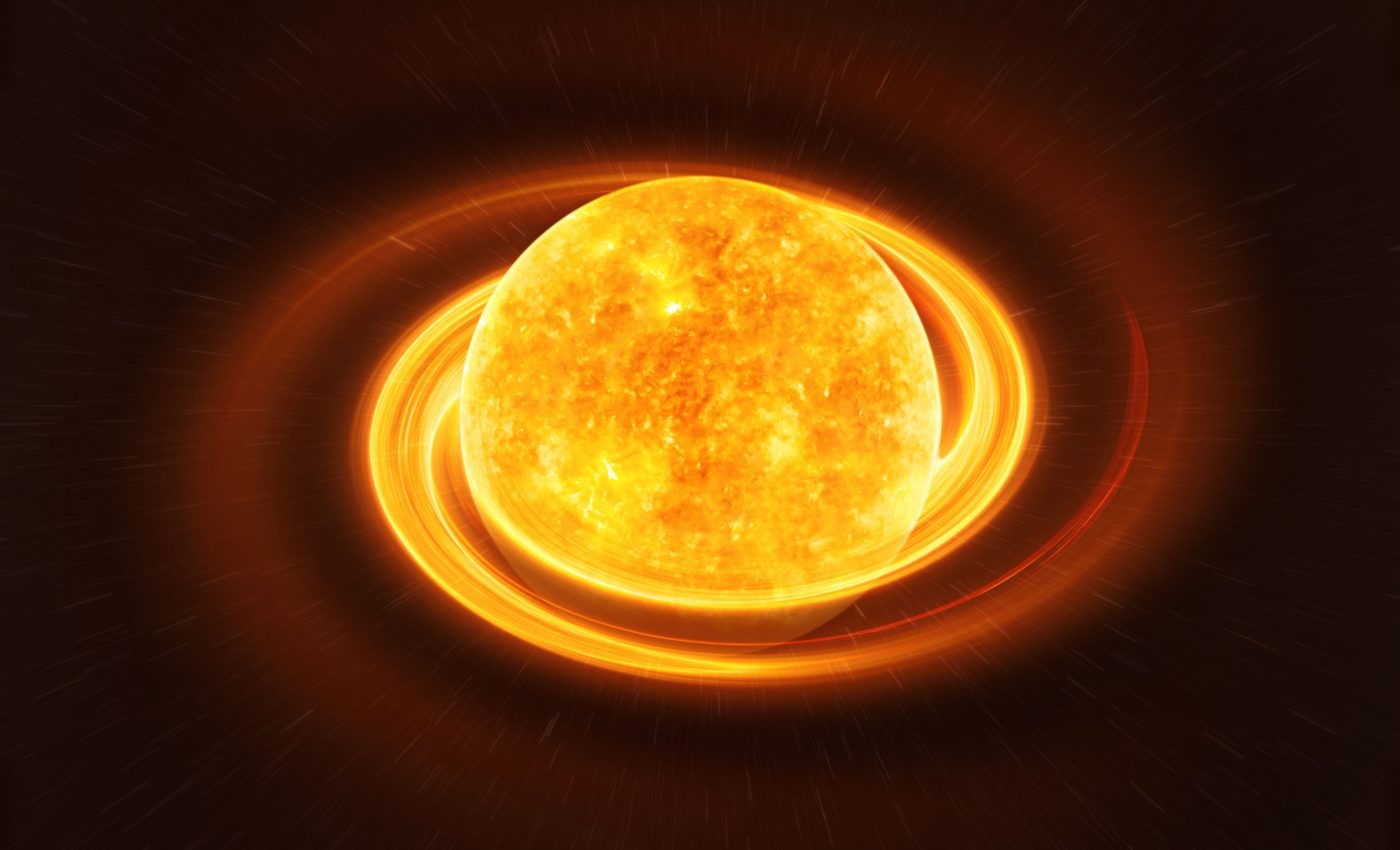
Slow-spinning neutron star completely defies our expectations
Astronomers have stumbled upon a celestial anomaly: a neutron star spinning slower than any previously known.
An international team of researchers discovered a neutron star that completes a rotation every 54 minutes – a pace that’s remarkably leisurely compared to the typical frenetic spinning of these stellar remnants.
Slow spinner surprises scientists
Neutron stars are the incredibly dense leftovers of supernovae, the explosive deaths of massive stars.
Typically, these stars spin rapidly, completing rotations in mere seconds. However, the newly found star breaks this mold with its unusually slow spin rate, sending out radio signals every 54 minutes.
This discovery was made possible by observations from Australia’s CSIRO’s ASKAP radio telescope, located on Wajarri Yamaji Country in Western Australia.
Why do neutron stars spin?
Neutron stars spin because of the conservation of angular momentum. When a massive star exhausts its nuclear fuel, it undergoes a supernova explosion. The star’s core collapses into a highly dense neutron star.
As the core contracts, its rotation rate increases dramatically, much like how a figure skater spins faster when pulling in their arms. This principle is due to the conservation of angular momentum, which states that as the radius of an object decreases, its rotational speed must increase if no external torque acts on it.
Neutron stars are incredibly dense and have strong gravitational and magnetic fields, which further influence their spin.
Initially, neutron stars can rotate dozens of times per second. Over time, interactions with their surroundings – such as accreting material from a companion star or emitting radiation – slow their rotation.
However, finding a neutron star that spins as slowly as 54 minutes is rare, making the recent discovery particularly significant for astronomers.
Significance of the discovery
The research was led by Dr. Manisha Caleb of the University of Sydney and Dr. Emil Lenc at CSIRO, and included contributions from experts at The University of Manchester and the University of Oxford.
“In the study of radio-emitting neutron stars, we are used to extremes, but this discovery of a compact star spinning so slowly and still emitting radio waves was unexpected,” noted study co-author Professor Ben Stappers.
“It is demonstrating that pushing the boundaries of our search space with this new generation of radio telescopes will reveal surprises that challenge our understanding.”
A challenging puzzle
This intriguing radio signal journeyed about 16,000 light years to reach Earth, and while it’s believed to originate from a neutron star, the possibility of it being an isolated white dwarf with a strong magnetic field has not been ruled out.
The absence of other similar magnetic white dwarfs nearby, however, makes the neutron star explanation more plausible.
“This discovery relied on the combination of the complementary capabilities of ASKAP and MeerKAT telescopes as well as the ability to search for these objects on timescales of minutes while studying how their emission changes from second to second! Such synergies are allowing us to shed new light on how these compact objects evolve,” said study co-author Dr. Kaustubh Rajwade.
Mysteries of slow-spinning neutron stars
The unexpected nature of this discovery prompts a reevaluation of what scientists understand about the behavior and characteristics of neutron stars and white dwarfs, particularly in terms of how they emit radio waves.
The research team continues to monitor the object, hoping to unravel the mysteries of its long-period signal.
“What is intriguing is how this object displays three distinct emission states, each with properties entirely dissimilar from the others. The MeerKAT radio telescope in South Africa played a crucial role in distinguishing between these states,” noted Dr. Caleb, the study’s lead author.
“If the signals didn’t arise from the same point in the sky, we would not have believed it to be the same object producing these different signals.”
This research not only deepens our understanding of the most mysterious objects in the universe but also highlights the unpredictability and complexity of space.
The study is published in the journal Nature Astronomy.
—–
Like what you read? Subscribe to our newsletter for engaging articles, exclusive content, and the latest updates.
Check us out on EarthSnap, a free app brought to you by Eric Ralls and Earth.com.
—–













